Explore the diverse and storied history of Native American tribes in Oregon through https://oavintage.com/ meticulously crafted map. This comprehensive visual guide offers insights into the ancestral lands, cultures, and territories of the indigenous peoples who have called Oregon home for generations.
Immerse yourself in the vibrant tapestry of Native American heritage as you navigate the Native American Tribes in Oregon Map, a valuable resource for understanding the rich legacy of these communities.
Native American Tribes In Oregon Map
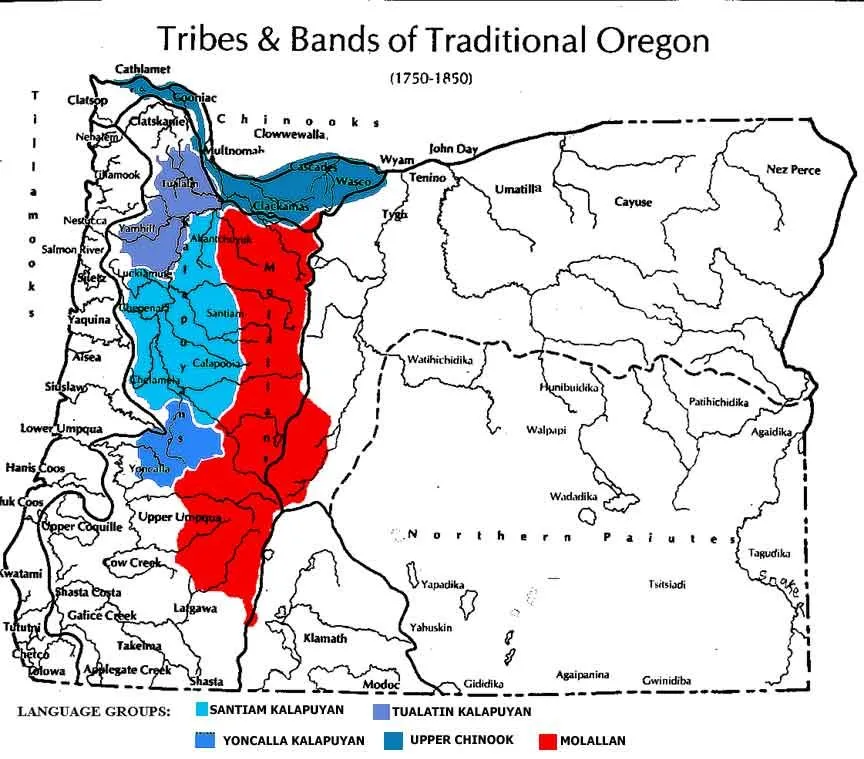
Oregon, with its breathtaking landscapes and rich cultural tapestry, holds a unique place in the annals of Native American history. In this article, we delve deep into the heritage and legacy of the Native American peoples who have called this Pacific Northwest region home for centuries. From ancient autonomous tribes to modern federally recognized groups, Oregon’s indigenous communities have a remarkable story to tell.
A Timeless Connection to the Land
The Native American presence in Oregon spans millennia, with evidence of habitation dating back thousands of years. These indigenous peoples maintained a profound connection with the land, living in harmony with the diverse ecosystems of this region. Their intimate knowledge of Oregon’s terrain and natural resources allowed them to thrive in a challenging environment.
The Shifting Landscape of Tribal Autonomy
Oregon’s history is marked by the existence of numerous autonomous tribal groups, each with its own unique traditions, languages, and territories. Over time, some of these tribes have merged, while others have become federally recognized entities. Understanding this complex history is essential to appreciating the diversity of Oregon’s indigenous cultures.
Federal Recognition: A Recent Development
The journey toward federal recognition for Oregon’s Native American tribes has been a long and arduous one. Many tribes underwent a tumultuous period of termination and loss of treaty rights in the mid-20th century. However, in a testament to resilience and perseverance, six of the nine federally recognized tribes in Oregon achieved this status in the latter part of the 20th century.
The Tribes of Oregon Today
Today, the state of Oregon officially recognizes nine tribal groups, each with its distinct identity and cultural heritage. These tribes play a vital role in shaping the social, economic, and cultural landscape of the state. They are a testament to the enduring spirit of Oregon’s Native American peoples.
In conclusion, the Native American history of Oregon is a narrative of survival, adaptation, and cultural richness. It is a story of profound connection to the land and an unwavering commitment to preserving traditions. As we explore the past, present, and future of Oregon’s indigenous communities, we gain a deeper appreciation for the diverse tapestry that is woven into the very fabric of this remarkable state.
What indigenous tribes are from Oregon?
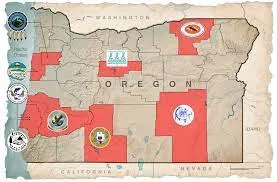
Oregon’s rich tapestry of Native American heritage is a testament to millennia of culture, tradition, and resilience. In this article, we delve into the vibrant history of the nine federally recognized tribes that proudly carry forward the legacy of their ancestors. From ancient petroglyphs to modern-day achievements, Oregon’s indigenous communities have left an indelible mark on the state’s identity.
A Treasured Connection to the Land
More than 50 tribes once thrived in Oregon, their lives intricately woven with the rivers, waterfalls, and canyons of this breathtaking region. They fished in wild rivers, navigated great waterfalls like the now-submerged Celilo Falls on the mighty Columbia River, and etched petroglyphs in rock canyons like Picture Rock Pass. These ancestral connections to the land continue to shape the cultural fabric of Oregon.
The Nine Federally Recognized Tribes
Today, Oregon officially recognizes nine tribal groups, each with its unique history and cultural significance. These tribes are:
- Burns Paiute Tribe: The Burns Paiute Tribe, with deep roots in Oregon, maintains its cultural heritage through traditions and community engagement.
- Confederated Tribes of Coos, Lower Umpqua and Siuslaw Indians: This confederation represents diverse tribal groups and embodies a commitment to preserving their distinct identities.
- Coquille Indian Tribe: With a legacy of resilience, the Coquille Indian Tribe plays an active role in Oregon’s cultural and economic landscape.
- Cow Creek Band of Umpqua Tribe of Indians: Rooted in tradition, the Cow Creek Band upholds the values and customs passed down through generations.
- Confederated Tribes of Grand Ronde: The Grand Ronde community is a vibrant hub of cultural preservation and revitalization.
- Klamath Tribes: The Klamath Tribes draw strength from their history and traditions, ensuring they continue to thrive in contemporary Oregon.
- Confederated Tribes of Siletz: A tapestry of cultures, the Siletz community embodies unity and the celebration of heritage.
- Confederated Tribes of the Umatilla Indian Reservation: The Umatilla Tribe is deeply connected to the land, cherishing its ancestral ties and traditions.
- Confederated Tribes of Warm Springs: The Warm Springs community stands as a testament to resilience and cultural preservation, contributing significantly to Oregon’s heritage.
Preserving the Past, Embracing the Future

Oregon’s indigenous communities are dedicated to preserving their heritage while forging ahead in the modern world. They actively engage in cultural revitalization efforts, ensuring that their traditions remain vibrant and relevant. From tribal museums to language revitalization programs, these tribes are committed to passing on their legacy to future generations.
In conclusion, the nine federally recognized tribes of Oregon are the guardians of a profound and enduring heritage. Their stories, traditions, and contributions are interwoven into the very fabric of the state. As we celebrate their past and present, we also look forward to a future where their cultural richness continues to thrive, inspiring all who call Oregon home.
How many Native American tribes are in Oregon?
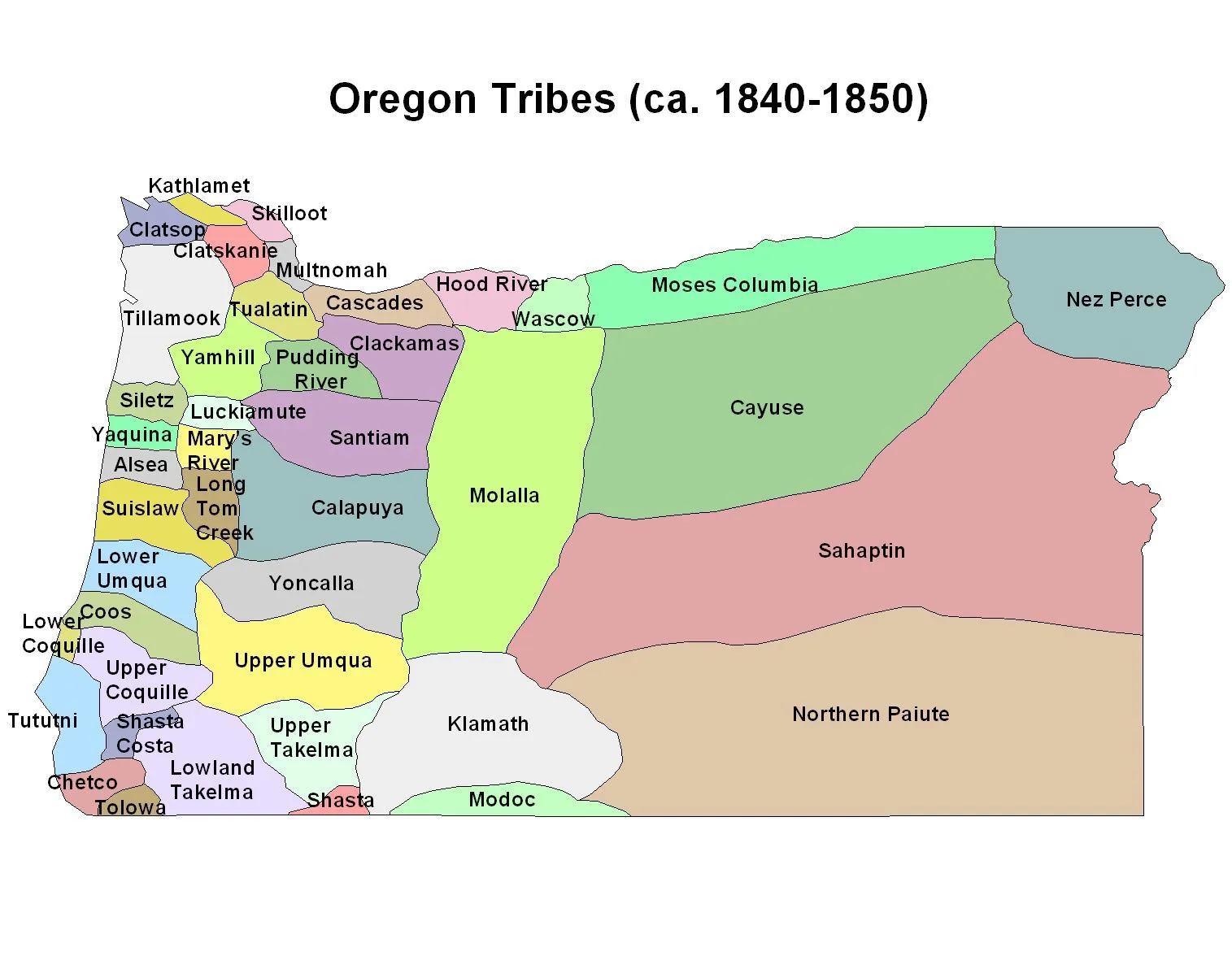
The indigenous population of Oregon, comprising various tribal communities, is an integral part of the state’s diverse cultural landscape. In this article, we explore the historical significance, cultural heritage, and sovereign status of Oregon’s native tribes.
A Rich Tapestry of Culture and History
According to the 2020 U.S. Census, Oregon is home to a thriving “American Indian” population, totaling 185,723 individuals who identify as “American Indian or Alaskan Native.” These indigenous communities are spread across all 36 counties of Oregon, collectively constituting approximately 4% of the state’s total population. This statistic underscores the enduring presence and cultural significance of Oregon’s native tribes.
Diverse Tribal Presence
Oregon’s indigenous population is not limited to the members of the nine federally recognized tribes within the state. It includes a substantial number of enrolled tribal members from various tribes located outside of Oregon who have chosen to make the state their home. These individuals contribute to the vibrant tapestry of indigenous culture in Oregon.
Ancient Roots in the Land
Members of Oregon’s nine federally recognized tribes often speak of their ancestral connection to the region, tracing their presence here back to time immemorial. The legacy of these tribes is deeply intertwined with the land, with village sites and traditional practices dating back thousands of years.
Tribal Sovereignty: An Age-Old Tradition
Tribal governments in Oregon are autonomous and sovereign entities, predating the formation of the U.S. government and the state of Oregon itself. These sovereign nations possess the authority to safeguard the well-being of their enrolled members and to govern their respective lands. This tradition of tribal sovereignty has persisted for centuries.
Citizens of Tribes, Oregon, and the United States Enrolled members of Oregon’s native tribes hold a unique status as citizens. They are citizens of their respective tribes, contributing to the cultural richness of their communities. Simultaneously, they are citizens of the state of Oregon, actively participating in the region’s social and economic life. Since 1924, they have also been recognized as citizens of the United States of America, underscoring their place within the nation.
Federal Oversight and Tribal Self-Determination
The U.S. Department of the Interior, Bureau of Indian Affairs, plays a crucial role in overseeing tribal interests and upholding the federal government’s trust obligations to native tribes. Throughout history, federal policies have oscillated between supporting tribal self-determination and imposing restrictions on tribal governance.
The 1950s policy of “Termination” sought to sever federal trusteeship and weaken tribal sovereignty, affecting 62 tribes and bands in Oregon among others nationwide.
However, recognizing the failure of this policy, the federal government took corrective steps. In 1975, it passed the Indian Self-Determination and Education Assistance Act, followed by the Tribal Self-Governance Act. These acts aimed to empower tribes to govern autonomously and strengthen their self-determination.
In conclusion, Oregon’s indigenous population, with its deep-rooted cultural heritage and enduring commitment to tribal sovereignty, is an integral part of the state’s identity. Their resilience and determination to preserve their traditions have contributed to the rich tapestry of Oregon’s cultural diversity. As we acknowledge their historical significance, we also look forward to a future where their cultural legacy continues to thrive, enriching the lives of all Oregonians.
See more: The Native American Map Of New England
Is Oregon Native American?
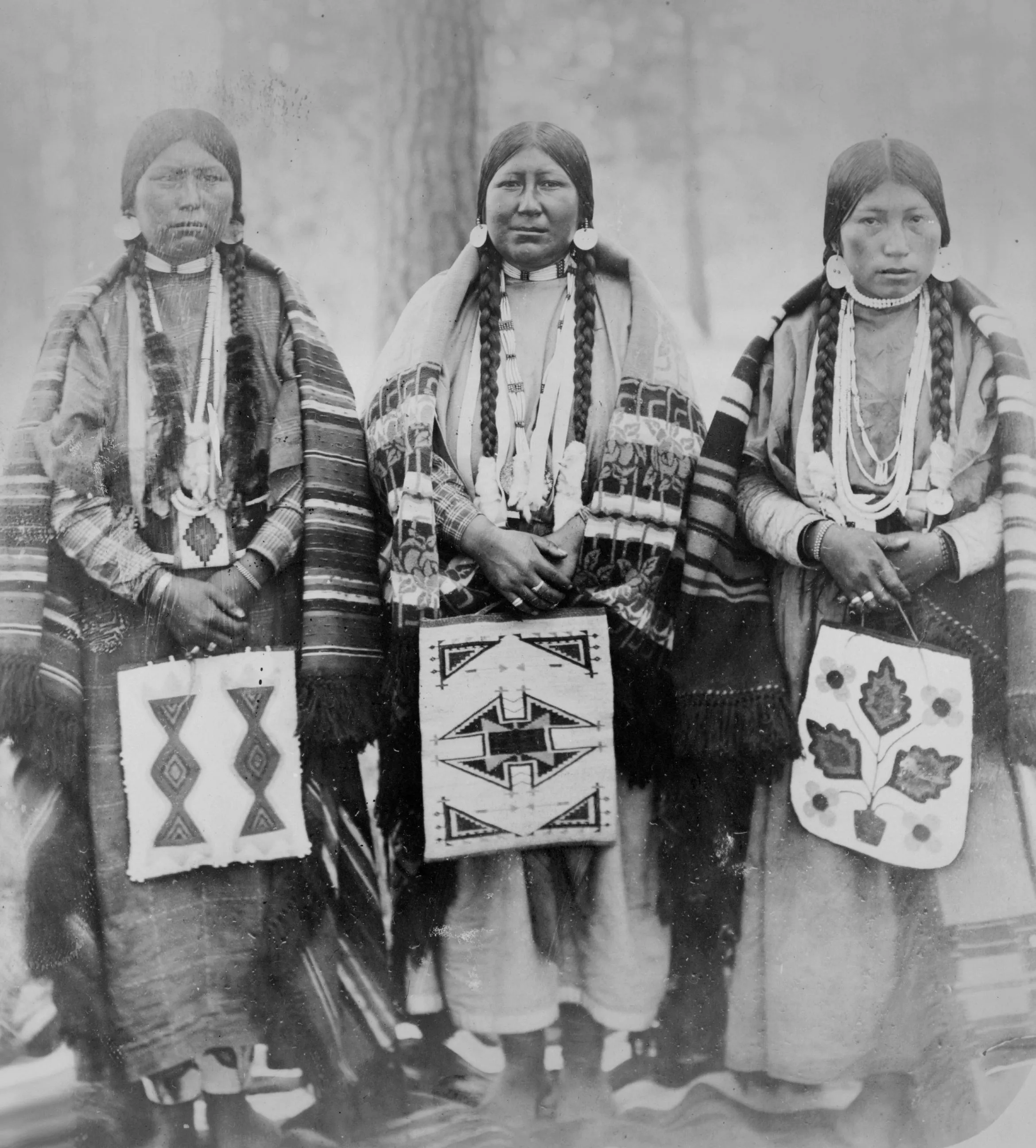
Oregon, a state renowned for its natural beauty and rich cultural diversity, is also home to a tapestry of indigenous tribal nations. As we delve into this article, we will unveil the unique heritage, interconnections, and contemporary significance of Oregon’s federally recognized tribes.
A Multifaceted Tapestry of Tribal Nations
Oregon currently boasts the distinction of recognizing nine distinct tribal nations at the federal level. These tribes serve as pillars of indigenous culture within the state, each with its own rich history, traditions, and governing structures. Additionally, Oregon is home to several unrecognized tribes, further enriching the state’s cultural mosaic.
A Complex Web of Lineages and Affiliations
Within these modern tribal governments, there exists a complex web of lineages and affiliations. Many tribal members can trace their ancestry back to multiple tribes and bands, forging intricate connections that transcend the boundaries of individual tribal identities. This interrelatedness is a testament to the historical interactions and shared experiences among indigenous communities.
Preserving Traditions in a Contemporary Context
While honoring their ancestral roots, Oregon’s tribal nations are dynamic entities that have adapted to the challenges and opportunities of the modern era. They actively work to preserve their cultural traditions, languages, and heritage, ensuring that the legacy of their ancestors lives on for future generations.
The Significance of Federal Recognition
Federal recognition holds profound importance for these tribal nations. It affirms their sovereign status and grants them specific rights and responsibilities. These rights encompass a wide range of issues, including self-governance, land management, and the preservation of cultural resources. Federal recognition serves as a cornerstone of tribal self-determination.
Challenges and Triumphs
The journey of Oregon’s tribal nations has been marked by both challenges and triumphs. They have overcome historical injustices, including forced removal from ancestral lands and attempts at assimilation. Today, these tribes continue to confront contemporary issues while forging a path toward a brighter future.
A Unified Vision for the Future
Despite their diverse histories and unique identities, Oregon’s tribal nations share a common vision for the future—one of resilience, cultural vibrancy, and community strength. They collaborate on various initiatives, seeking to improve the well-being of their members and promote indigenous values within the broader society.
In conclusion, Oregon’s federally recognized tribal nations represent a living testament to the enduring spirit of indigenous communities. Their interconnectedness, commitment to tradition, and pursuit of self-determination contribute to the rich fabric of Oregon’s cultural heritage.
As we acknowledge their significance, we celebrate their contributions to the state’s identity and look forward to a future where their cultural legacy continues to thrive and inspire
Where do Indians live in Oregon?
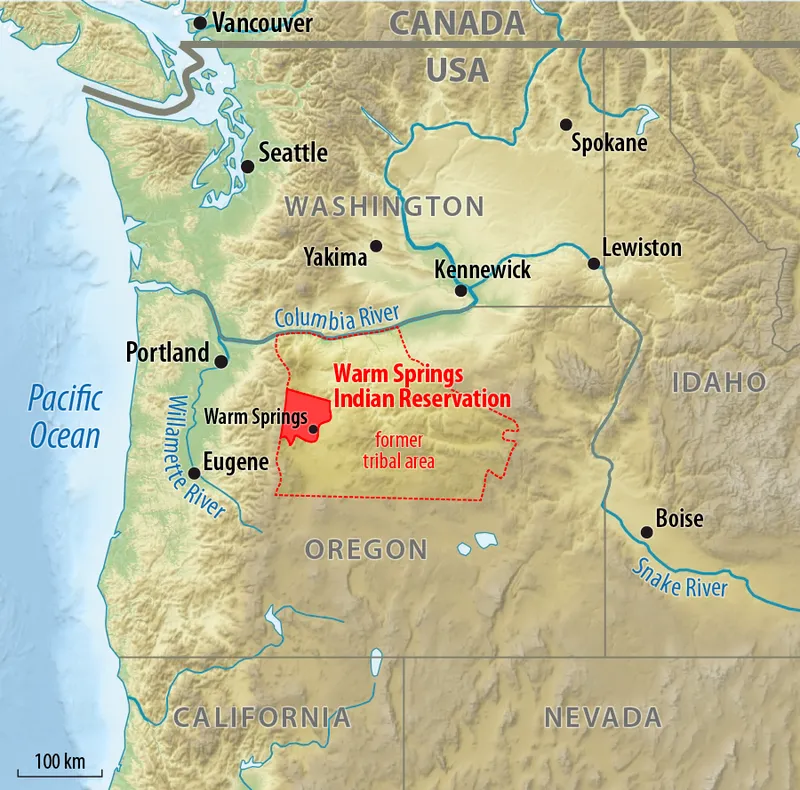
The Portland Metro area, a vibrant hub of culture and diversity, is not only a bustling urban center but also a land with a rich indigenous history. In this article, we delve into the legacy of Native peoples and the thriving Urban Indian communities that call Oregon home.
Honoring Ancestral Lands
The foundations of the Portland Metro area are rooted in the ancestral lands of Native peoples. These lands were once inhabited by Chinookan-speaking communities, including the Multnomah, Cascade, Clackamas, and Clowwewalla. Nestled along the Columbia and Willamette Rivers, these indigenous groups thrived, creating vibrant communities and seasonal encampments brimming with the abundance of natural resources.
Tualatin Kalapuya: Guardians of the West
To the west of Portland, in present-day Washington County, resided the Tualatin Kalapuya. Their ancestral territories encompassed vast stretches of what we now know as West Portland, Hillsboro, Forest Grove, Beaverton, and Tigard. These lands resonate with the echoes of their history, a testament to their enduring presence.
Molalla People: Keepers of the Northeast
Venturing further into the northeast Willamette Valley and Cascade Range, we encounter the traditional homelands of the Molalla people. Their heritage stretches as far north as Oregon City, marking the indelible connection between indigenous communities and the landscapes they cherished.
Urban Indian Communities: A Tapestry of Heritage
In the twenty-first century, the face of Oregon’s Native American population is a tapestry woven from diverse threads. Urban areas serve as homes to Native Americans hailing from various regions of the United States. Among them are enrolled members of Northwest tribes, individuals with ancestral treaty rights for fishing and gathering along riverways, and those who hold deep ancestral ties to their tribes and homelands.
“Urban” Is an Experience
“‘Urban’ is not a kind of Indian,” assert Terry Straus and Debra Valentino (Oneida). It’s an experience shared by many Indigenous people today. Generations have seen indigenous communities living away from their tribal homelands.
In Oregon alone, approximately 40,000 Urban Indians have made Portland their home, making it the ninth-largest urban Indian community in the United States. Moreover, Urban Indians can be found across all thirty-six counties of Oregon.
A Community of Many Connections
Urban Indians do not possess a distinct legal status compared to their counterparts residing on reservations. Instead, they navigate a complex web of social, cultural, and economic ties, both within reservation communities and among the broader urban Indian population.
These connections are often intertribal and are forged through mixed marriages and shared experiences. Many Urban Indians identify themselves as members of their respective tribes while embracing their identity as Urban Indians.
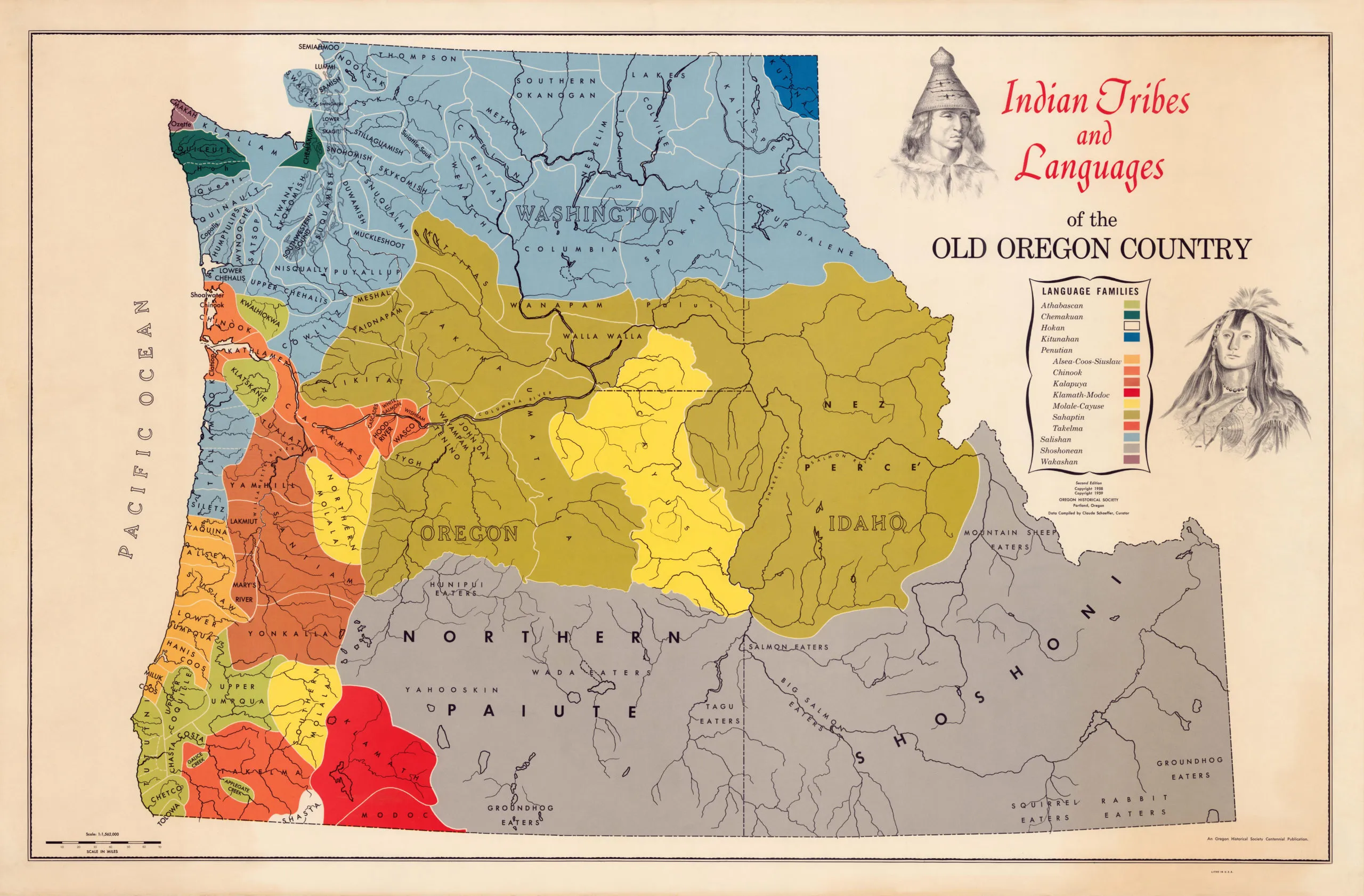
Preserving Culture in Urban Centers
Within Oregon’s cities, indigenous individuals and families have contributed to the rich tapestry of urban life, much like immigrant communities have done. However, for some, this journey has entailed a disconnection from their cultural identity and community—an assimilation into mainstream city life. This form of “invisibility” has been promoted for centuries as a means of avoiding cultural and racial censure.
In conclusion, Oregon’s Urban Indian communities are a testament to resilience, adaptability, and the enduring ties to indigenous heritage. Their presence in urban centers like Portland enriches the cultural fabric of the state. As we celebrate their contributions, we also acknowledge the challenges they’ve faced and the ongoing journey of preserving their cultural legacy in the heart of the city.
Explore the rich tapestry of Native American tribes in Oregon through an interactive map. Discover the ancestral lands of diverse indigenous communities, from the Multnomah and Cascade to the Tualatin Kalapuya and Molalla people.
This comprehensive map provides insights into their historical territories, offering a deeper understanding of Oregon’s indigenous heritage. Immerse yourself in the cultural diversity of the region and trace the remarkable stories of these Native American tribes.



